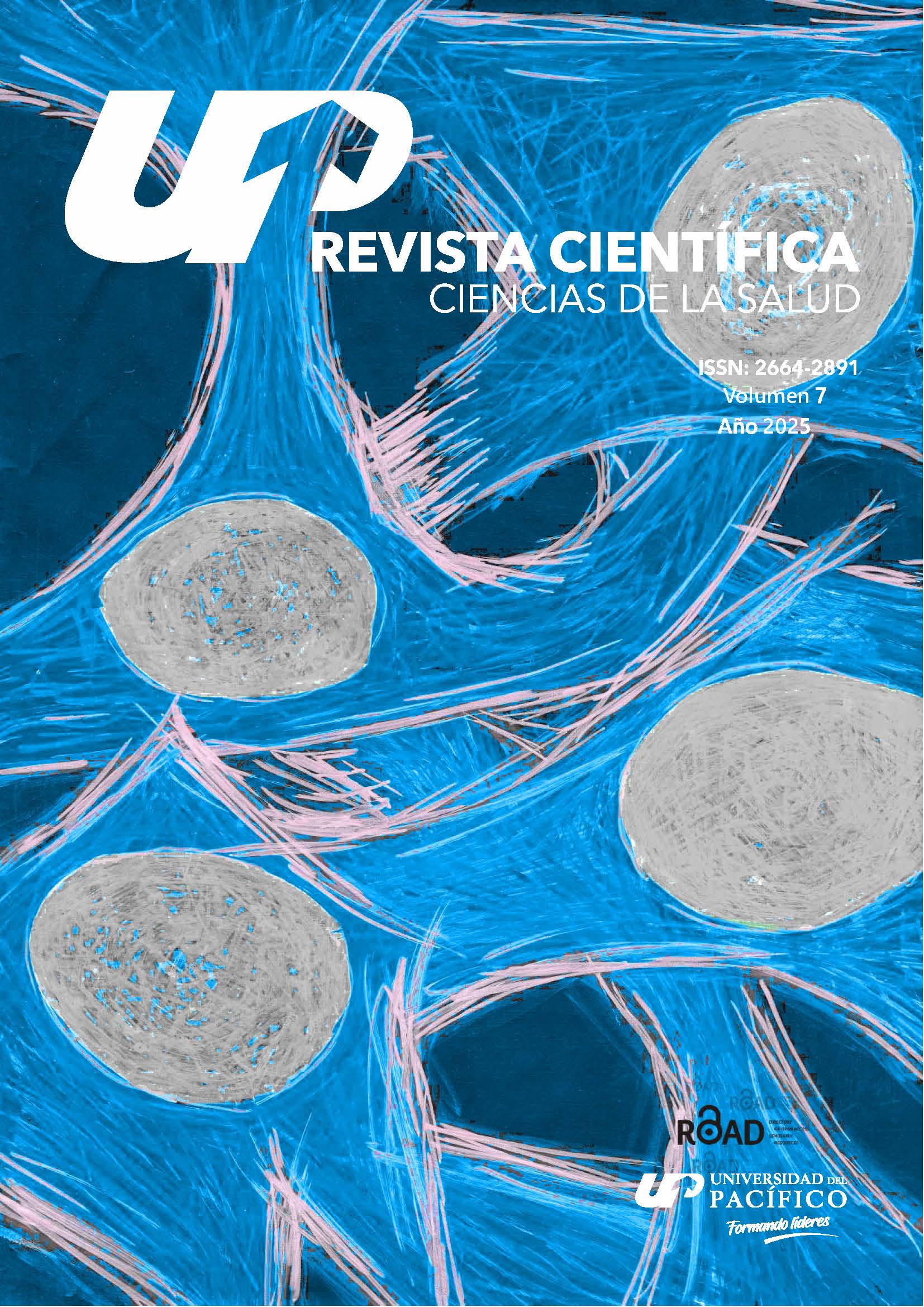Bacteremia as a Complication of Severe Dengue
DOI:
https://doi.org/10.53732/rccsalud/2025.e7201Keywords:
dengue, bacteriemia, Staphylococcus aureusAbstract
Introduction. Bacterial coinfection in patients with dengue is an emerging concern that increases morbidity and mortality. Coinfections with pathogens such as Staphylococcus aureus highlight the importance of a comprehensive approach in diagnosis and treatment. Clinical case. A 35-year-old male patient with high blood pressure comes in due to fever. He has a positive NS1 result and has received outpatient treatment with multiple punctures. There is persistence of fever with elevated infectious parameters, chest pain and dyspnea. Ancillary studies revealed purulent pericarditis and necrotizing pneumonia with isolation of methicillin-resistant S. aureus in both. The diagnosis was dengue fever, purulent pericarditis, necrotizing pneumonia. He received treatment with vancomycin for 48 days and showed clinical improvement. Conclusion. Bacteremia concurrent with dengue includes serious complications, especially due to S. aureus. Although they have high mortality, the case reported had good results.
References
Trunfio M, Savoldi A, Viganò O, d’Arminio Monforte A. Bacterial coinfections in dengue virus disease: what we know and what is still obscure about an emerging concern. Infection. 2017;45(1):1–10. http://dx.doi.org/10.1007/s15010-016-0927-6
Lee JC, Cia CT, Lee NY, Ko NY, Chen PL, Ko WC. Causes of death among dengue patients causes of death among hospitalized adults with dengue fever in Tainan, 2015: Emphasis on cardiac events and bacterial infections. J Microbiol Immunol Infect. 2022;55(2):207–14. http://dx.doi.org/10.1016/j.jmii.2021.03.010
Thein TL, Ng EL, Yeang MS, Leo YS, Lye DC. Risk factors for concurrent bacteremia in adult patients with dengue. J Microbiol Immunol Infect. 2017;50(3):314–20. http://dx.doi.org/10.1016/j.jmii.2015.06.008
Tejo AM, Hamasaki DT, Menezes LM, Ho Y-L. Severe dengue in the intensive care unit. Journal of Intensive Medicine. 2024;4(1):16–33. http://dx.doi.org/10.1016/j.jointm.2023.07.007
Nagassar RP, Bridgelal-Nagassar RJ, McMorris N, Judith Roye-Green K. Staphylococcus aureus pneumonia and dengue virus co-infection and review of implications of coinfection. BMJ Case Rep. 2012;2012:bcr0220125804–bcr0220125804. http://dx.doi.org/10.1136/bcr.02.2012.5804
García Agudelo, L., Oliveros, WA, Sotaban Piraban, LN, Velasco Castro, JC. Caracterización clínica y epidemiológica del dengue 2015-2020 Hospital Regional de la Orinoquía ESE. Ces medicina. 2023;37(1):1–11. https://doi.org/10.21615/cesmedicina.6890
See KC, Phua J, Yip HS, Yeo LL, Lim TK. Identification of concurrent bacterial infection in adult patients with dengue. Am J Trop Med Hyg. 2013;89(4):804-10. https://doi.org/10.4269/ajtmh.13-0197
Chen C-M, Chan K-S, Cheng K-C, Chou W, Chao H-C, Yeh C-Y, et al. The exploration of risk factors of concurrent bacteraemia in patients critically ill with severe dengue. J Med Microbiol. 2016;65(12):1505–11. http://dx.doi.org/10.1099/jmm.0.000388
Liu D. Enterotoxin-producing Staphylococcus aureus. In: Tang Y.W., Sussman M., Liu D., Poxton I., Schwartzman J., editors. Molecular Medical Microbiology. 2nd ed. Academic Press; Boston, MA, USA: 2015. pp. 979–995.
Valero N, Mosquera J, Levy A, Añez G, Marcucci R, Alvarez-Mon M. Differential induction of cytokines by human neonatal, adult, and elderly monocyte/macrophages infected with dengue virus. Viral Immunol. 2014;27(4):151–159. http://dx.doi.org/10.1089/vim.2013.0123


.png)














 All the contents of this journal are licensed under a
All the contents of this journal are licensed under a 